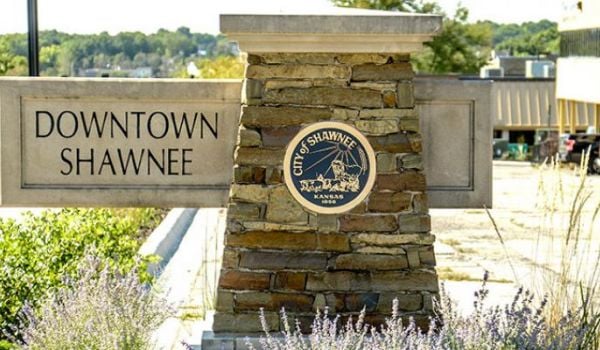With housing costs ballooning and an alarming shortage of rental units available, city officials in Toronto are eyeing alleys (or laneways, as they’re called in the Canadian city) as a source of “gentle density” for neighborhoods with standalone homes. Last week, Toronto city staff were directed to report on an initiative that would make laneway residents more feasible, BlogTO reports.
“The directive awaits City Council approval in early July, which would put a staff report on the table in early 2018, but this is as close as Toronto has ever been to taking advantage of its roughly 250 kilometres [about 155 miles] of laneways as a viable housing alternative,” according to the site.
In 2006, the city began subjecting building permits to regulation that discouraged laneway homes. But its housing climate has changed since then. As Next City reported last year, Toronto is experiencing unprecedented development, and planners worry that they lack the resources to keep up. And the dearth of affordable housing is a countrywide problem, with local governments still straining from the cutoff of federal subsidies in the ’90s. In 2017, Toronto’s government is more open to creative housing solutions.
“What makes the laneway suites plan more likely to succeed than previous efforts is that it’s firmly directed at secondary units rather than standalone residences,” the blog reports. “The guidelines stipulate all services must run from the main home and suites can’t be severed from the primary property.”
“It’s like putting a basement apartment on top of your garage,” Alex Sharpe of the organization Lanescape told BlogTO, adding the “gentle density” descriptor.
Alleys and laneways have made something of a comeback over the last few years, but mostly as sources of park or green space. Last year, a pilot project brought foosball, basketball and other play spaces to Vancouver laneways. Phoenix and Los Angeles have also launched alley makeovers. Common to all the projects is the realization that alleys are an underused asset in cities, with a good deal of space — and potential.
“As it happens, park-poor neighborhoods tend to be ‘alley-rich,’” Rebecca Tuhus-Dubrow wrote for Next City in 2014, adding that one study “found that one community in South Los Angeles had 2,593 people per park acre. But it had an alley density almost eight times the city average.”

Rachel Dovey is an award-winning freelance writer and former USC Annenberg fellow living at the northern tip of California’s Bay Area. She writes about infrastructure, water and climate change and has been published by Bust, Wired, Paste, SF Weekly, the East Bay Express and the North Bay Bohemian
Follow Rachel .(JavaScript must be enabled to view this email address)





_920_614_600_350_80_s_c1.jpg)

_600_350_80_s_c1.JPG)








